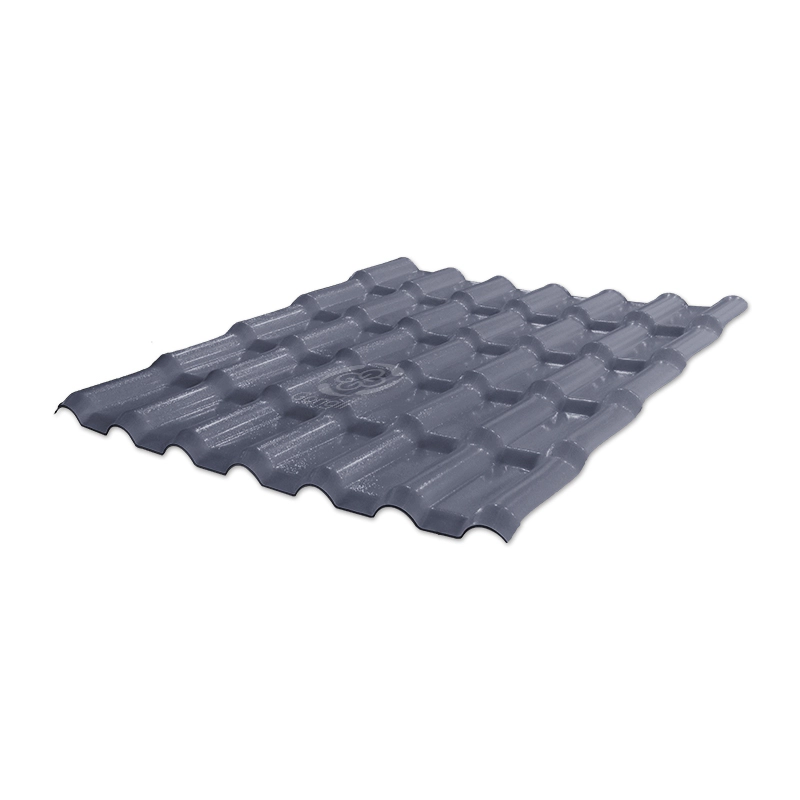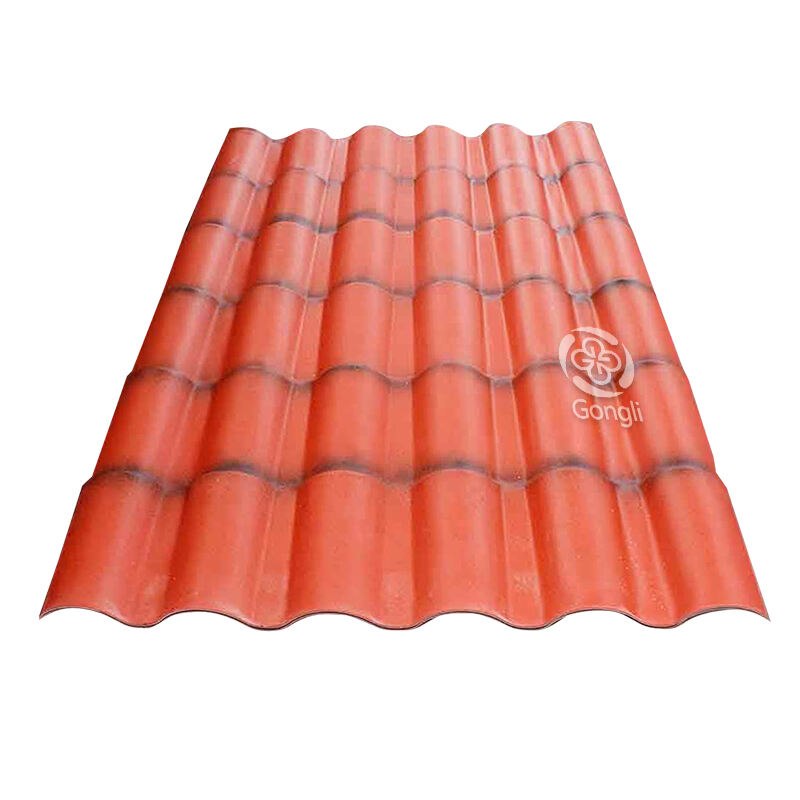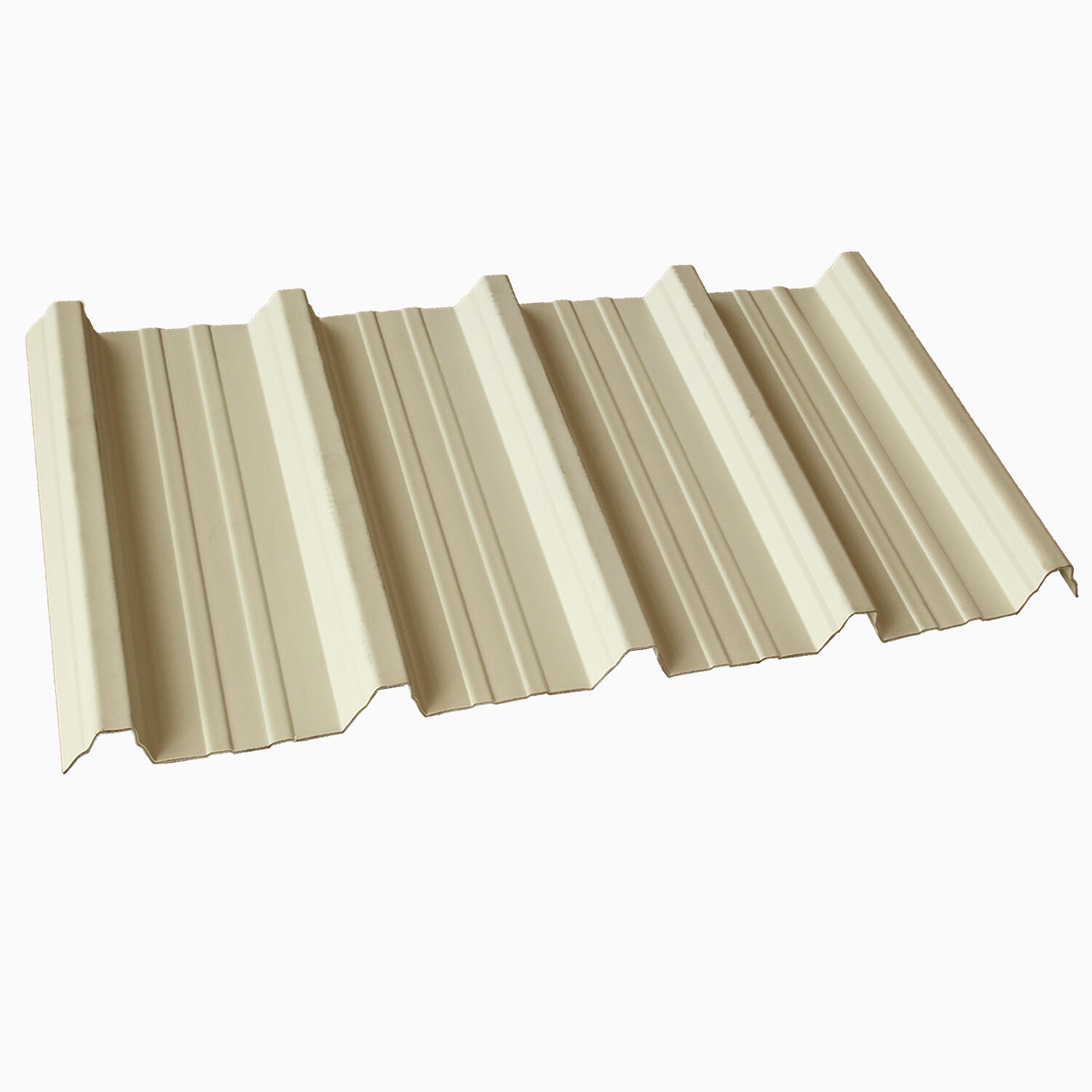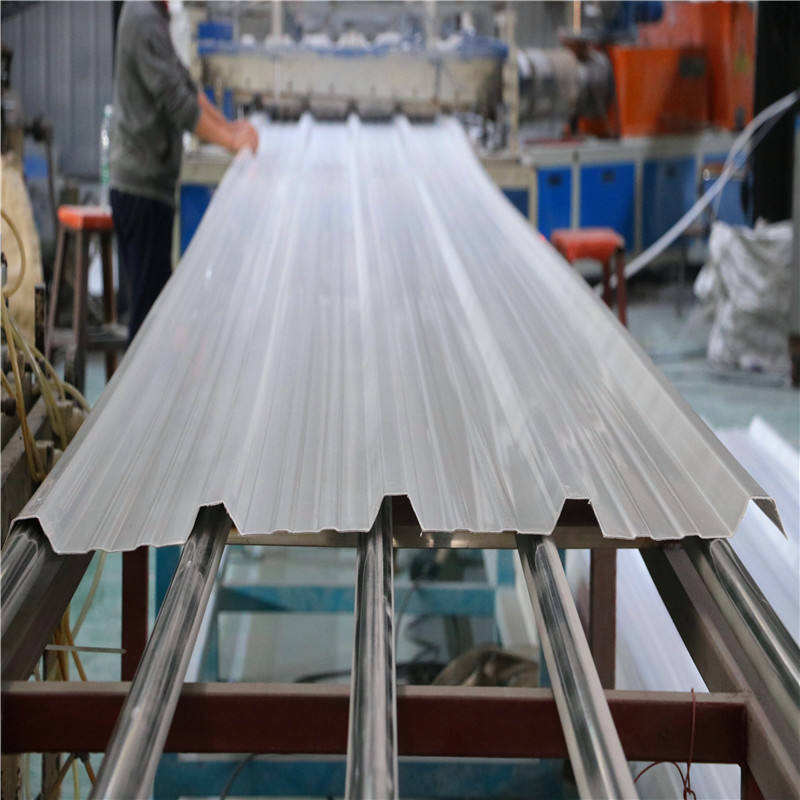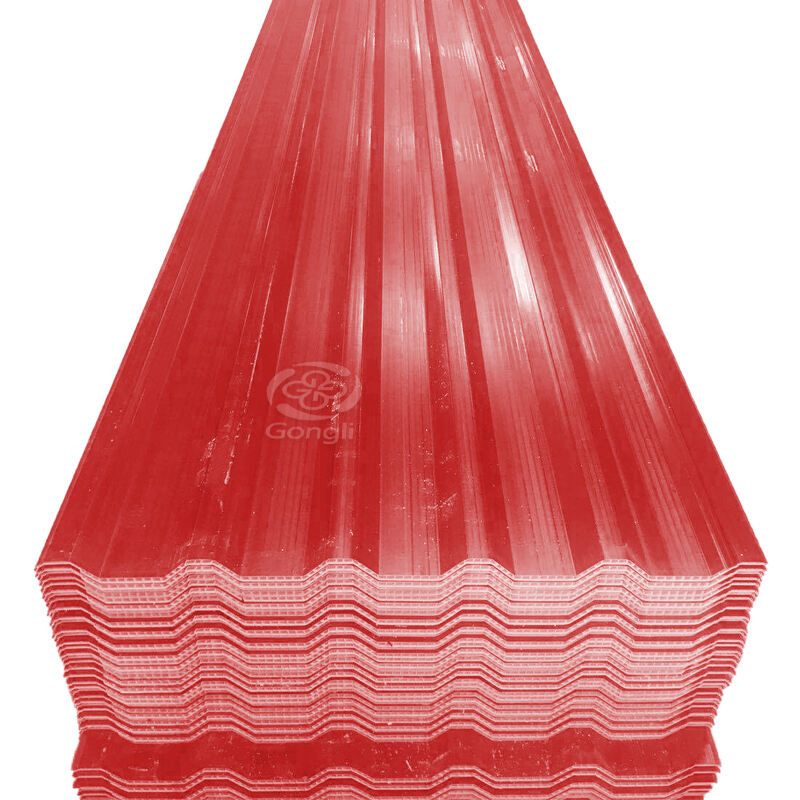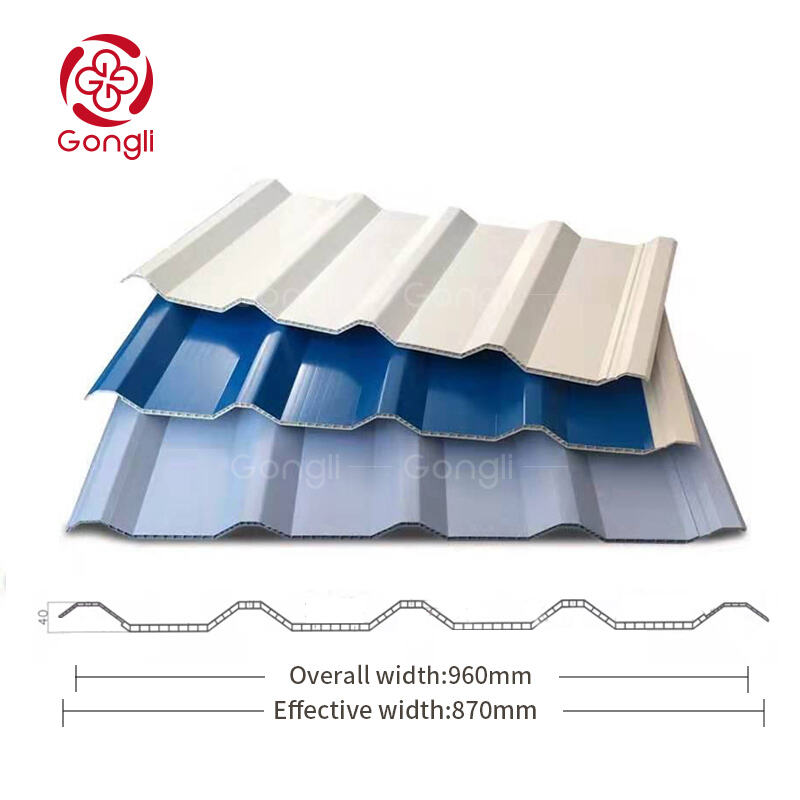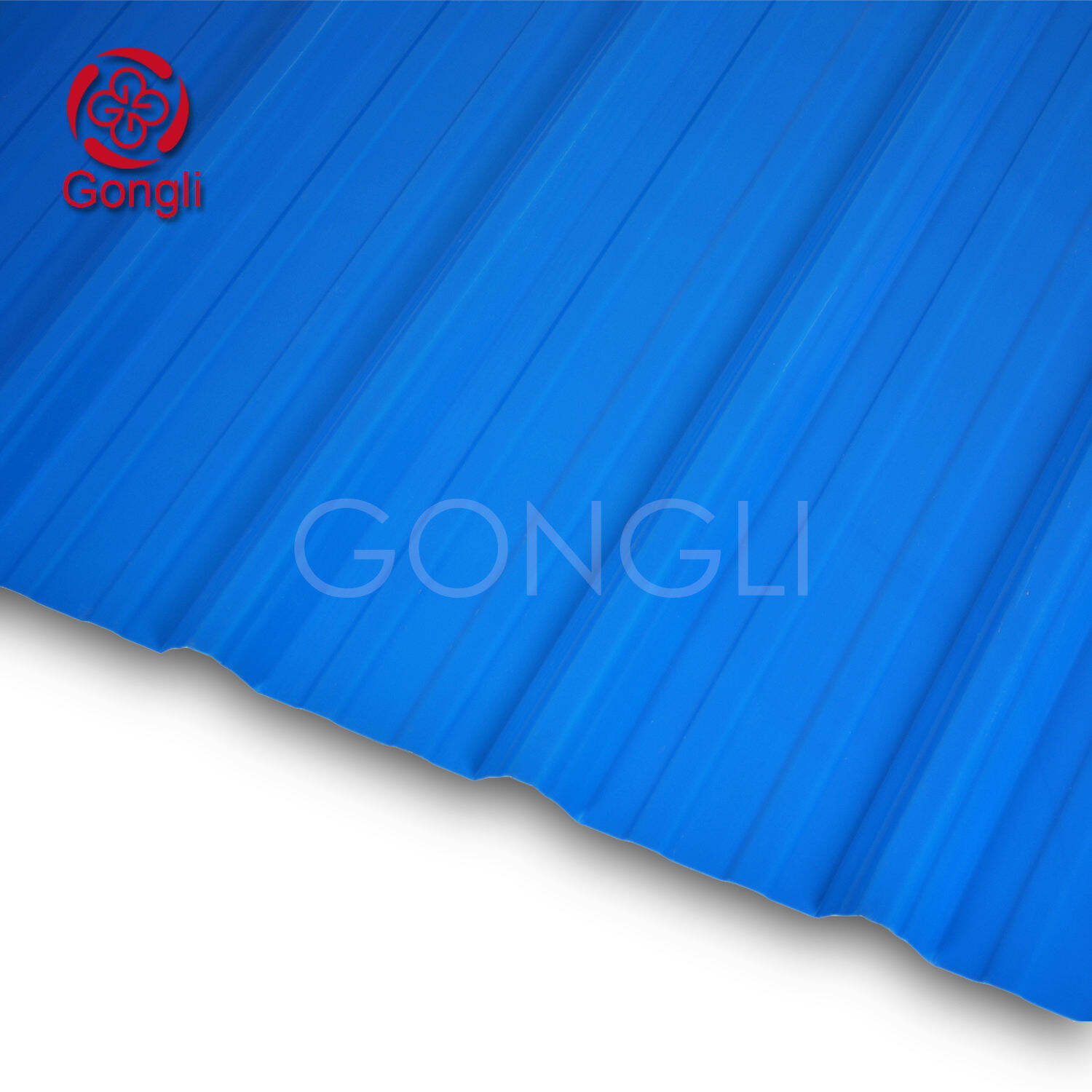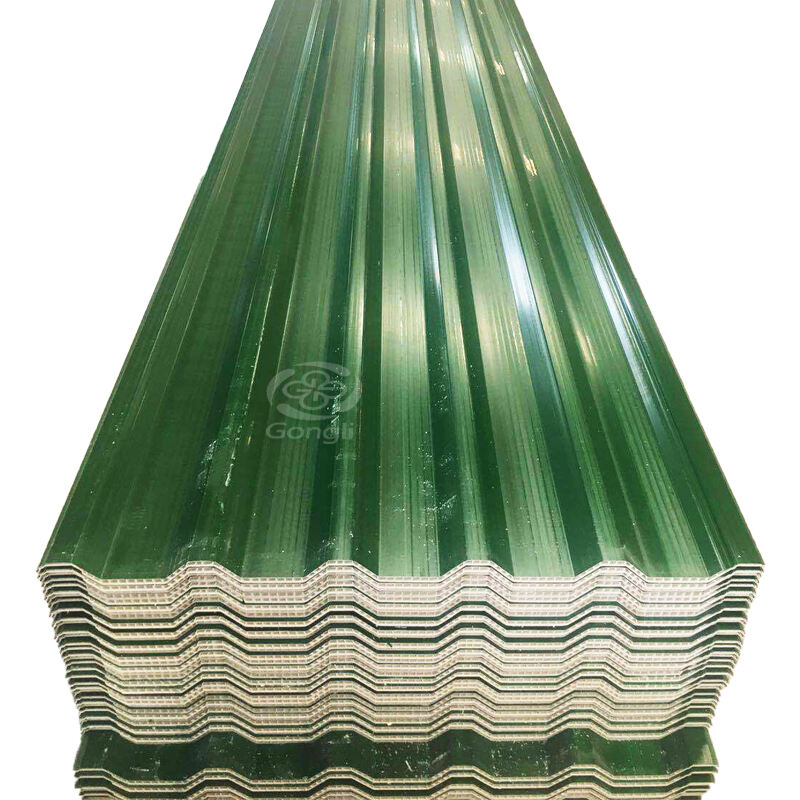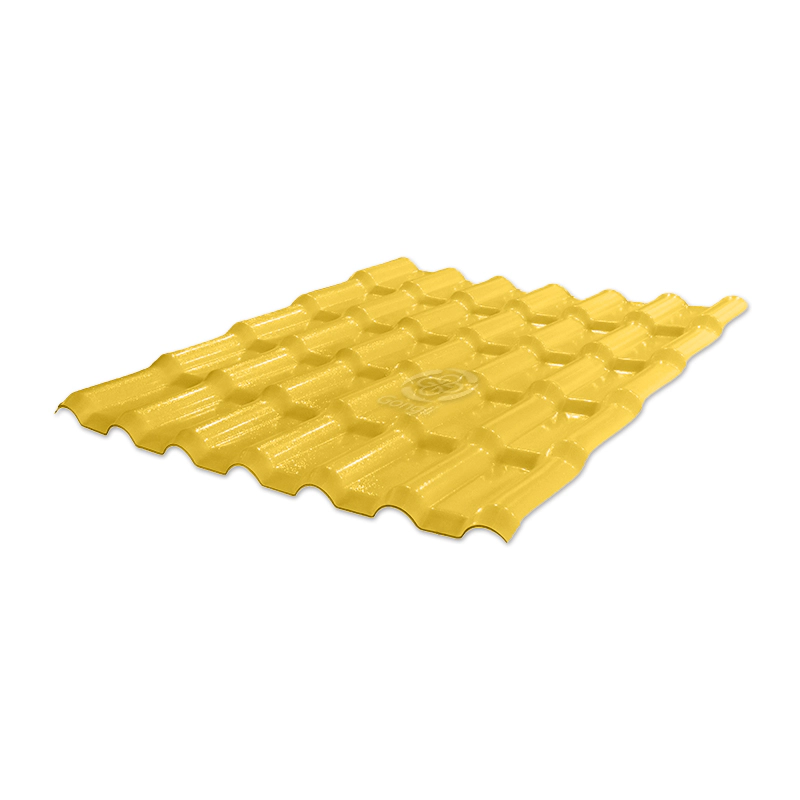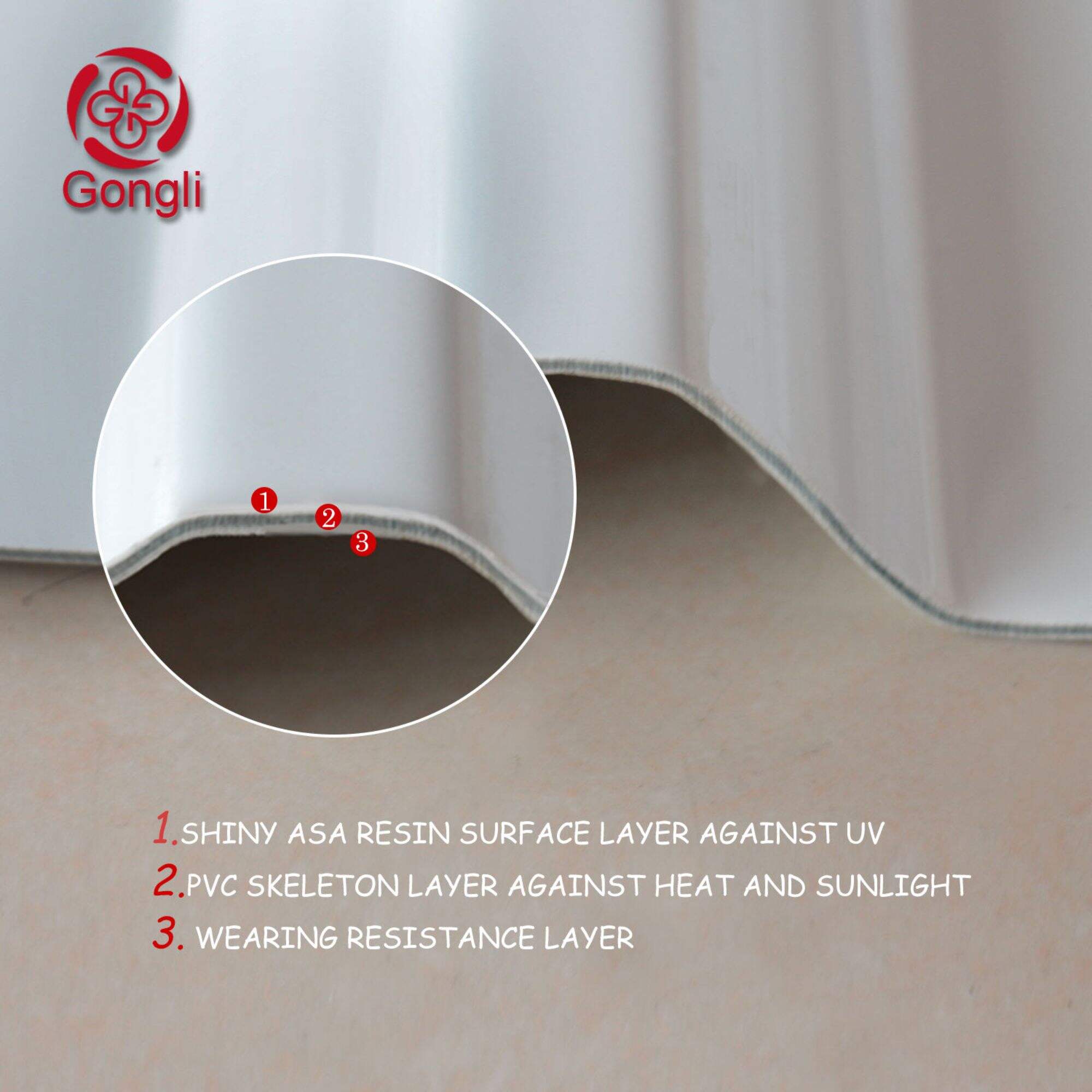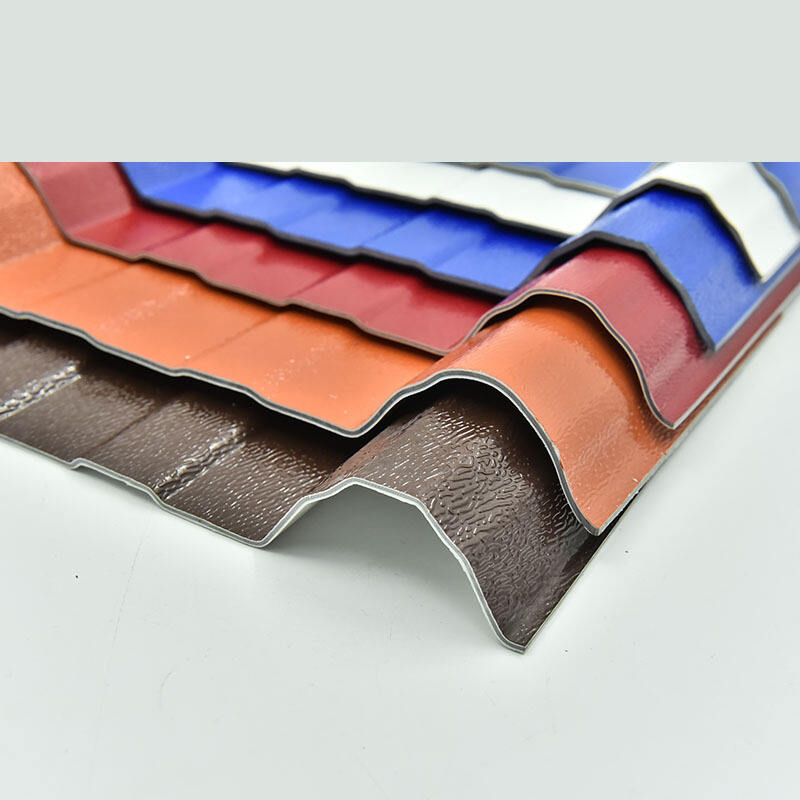Installation Guide: How to Properly Install PVC Roof Tiles
## Preparation for PVC Roof Tile Installation
Before starting your project, it's crucial to gather all the necessary tools for installing PVC roof tiles. Essential tools include a measuring tape for accurate measurements, a utility knife for cutting, roofing nails or screws for secure fastening, and a pneumatic nailer if available to ease the installation process. These tools enable precise tile placement and help achieve a professional finish while installing PVC roof sheets or PVC roof tiles.
Next, collect all materials required for the installation, such as the PVC roof tiles, underlayment material, and weatherproofing sealants. Ensure that the PVC roof tiles adhere to local building codes and are appropriate for your regional climate to maintain a robust roofing structure. Proper material selection is vital in areas with harsh weather conditions, as it affects the longevity and resistance of the roof.
Before the installation begins, perform a thorough inspection of the roof surface to identify any existing damage, mold, or leaks. This step is crucial because it determines whether repairs are needed and ensures a solid, damage-free base for installing new UPVC roof sheet or roof tiles. Conducting a comprehensive inspection helps avoid future issues and guarantees that the roofing foundation is prepared adequately for the PVC or UPVC materials chosen.
## Step-by-Step PVC Roof Tile Installation Process
### Laying the First Row of Tiles
The installation of PVC roof tiles begins at the roof's lowest point. This starting point ensures that the first row of tiles is placed in a perfectly straight line, serving as a critical guide for subsequent rows. Laying the initial row correctly is crucial to maintaining alignment and achieving a visually appealing final product. Furthermore, ensure there is a slight overhang at the eaves, about 1 inch, to allow for proper water runoff. This overhang prevents water from infiltrating the edges of the roof, ensuring effective drainage and protection against leaks.
### Securing Tiles with Fasteners
Securing the PVC roof tiles with the appropriate fasteners is essential for a durable installation. Corrosion-resistant fasteners should be used, typically in the tile's nail hem, as recommended by the manufacturer. The quantity and spacing of the fasteners should adhere to the manufacturer's specifications to ensure stability and longevity. It's important to avoid over-driving the fasteners because doing so can crack the tiles, compromising the roof's integrity. Proper technique during this step will ensure maximum protection and a long-lasting roof.
### Overlapping and Aligning Tiles
An important part of installing PVC roof tiles is ensuring proper overlap between tiles. Each new tile should overlap the preceding one by at least 50mm to prevent water leaks and ensure a watertight seal on the roof. Additionally, maintaining regular checks for alignment throughout the process is crucial. Misaligned tiles not only affect the roof's appearance negatively but can also lead to drainage issues or other structural problems over time. Keeping the tiles properly aligned guarantees both the aesthetic quality and functional efficiency of the roof.
## Choosing the Right PVC Roof Tiles
### 1050mm Grey ASA PVC UV Resistance Resin Roof Sheets
With excellent UV resistance, the 1050mm Grey ASA PVC UV Resistance Resin Roof Sheets are ideal for areas with high sun exposure. These tiles ensure prolonged roof life by withstanding the harsh effects of sunlight. The 1050mm width provides sufficient coverage without adding unnecessary weight, facilitating easier handling and installation processes.
### 1080mm Synthetic Resin Antique Roma Roof Tile
The 1080mm Synthetic Resin Antique Roma Roof Tile combines aesthetic appeal with durability, making it an attractive choice for enhancing the architectural beauty of structures. Designed to withstand extreme weather, its unique composition also provides superior heat insulation, which can lead to reduced energy costs for buildings.
### 1050mm Black ASA UPVC Chinese Plastic Roof Sheets
Offering versatility and cost-effectiveness, the 1050mm Black ASA UPVC Chinese Plastic Roof Sheets are a preferable choice for various roofing projects. These sheets showcase remarkable strength and flexibility, with resistance to chemical damage. Their longevity competes with traditional roofing materials, necessitating less frequent repairs and replacements.
## Common Mistakes to Avoid During Installation
### Improper Alignment of Tiles
One common mistake during PVC roof tile installation is improper alignment of the tiles. Misalignment can lead to water pooling, resulting in potential leaks and damage to the roofing structure. This can severely affect the longevity and effectiveness of the roofing system. To mitigate this issue, always double-check rows during installation to ensure correct alignment. Utilizing a chalk line is highly recommended, as it helps maintain straight lines and avoid subsequent water pooling issues. Ensuring proper alignment from the start can prevent significant repair costs and maintain the roof's integrity.
### Incorrect Fastener Placement
Fastener placement plays a crucial role in the securement of PVC roof tiles. Fasteners placed too close to the edge may cause tiles to split, whereas placing them too far inside can lead to inadequate securement. Such mistakes can compromise the stability and durability of the roofing system. It's essential to refer to the guidelines provided by manufacturers regarding fastener placement, as these guidelines are designed to optimize the roof's performance and longevity. Correct placement ensures that the roof withstands environmental stressors such as wind and impacts.
### Neglecting Weather Conditions
Neglecting weather conditions during installation can compromise the adhesion and overall success of PVC roofing projects. Installing PVC roof tiles in wet conditions might lead to inadequate bonding, resulting in weak points in the roof system. It is crucial to evaluate temperature and moisture levels before commencing installation to ensure an ideal environment. By doing so, the longevity and performance of the roof are better ensured, as the conditions will support proper adhesion and laying of tiles. Always check the weather forecast and plan installations in favorable conditions to avoid unnecessary setbacks.
## Maintenance Tips for PVC Roof Tiles
### Regular Cleaning and Inspection
Regular cleaning and inspection of PVC roof tiles are crucial for maintaining their longevity and performance. By routinely removing debris and inspecting tiles every season, you can prevent algae or mold build-up, which can impair the durability and functionality of the roof. During these inspections, look for any signs of wear, loose tiles, or gaps. Promptly addressing these issues can significantly prolong the life of the roof, ensuring it remains effective over time.
### Addressing Minor Repairs Promptly
Taking swift action on minor damages to PVC roof tiles is essential to prevent larger issues. Small cracks or loose tiles, if ignored, can lead to more extensive damage and increased repair costs. Apply suitable sealants to fix cracks or replace any missing tiles to preserve the roof's integrity and maintain its waterproof capabilities. By addressing these minor issues promptly, you can save on future repair expenses and keep the roof in optimum condition, securing the structure beneath.
FAQ
What tools are necessary for PVC roof tile installation?
Essential tools include a measuring tape, utility knife, roofing nails or screws, and a pneumatic nailer if available.
Can PVC roof tiles withstand harsh weather conditions?
Yes, with proper material selection and adherence to local building codes, PVC roof tiles can perform well in areas with harsh weather.
Why is proper alignment important in installing PVC roof tiles?
Proper alignment prevents water pooling and leaks, ensuring the longevity and effectiveness of the roofing system.
How often should I inspect and clean PVC roof tiles?
It's advised to clean and inspect your PVC roof tiles every season to avoid algae or mold build-up and to identify any maintenance needed.
Recommended Products
Hot News
-
How to choose the right roof tile
2024-01-24
-
PVC Plastic Tiles: The Ideal Roofing Material
2024-01-24
-
The Essentials of Synthetic Resin Tile Manufacturing
2024-01-24

 EN
EN
 AR
AR
 BG
BG
 HR
HR
 CS
CS
 DA
DA
 NL
NL
 FI
FI
 FR
FR
 DE
DE
 EL
EL
 HI
HI
 IT
IT
 JA
JA
 KO
KO
 NO
NO
 PL
PL
 PT
PT
 RO
RO
 RU
RU
 ES
ES
 TL
TL
 IW
IW
 ID
ID
 LT
LT
 VI
VI
 TH
TH
 TR
TR
 AF
AF
 MS
MS
 KM
KM
 LO
LO
 MY
MY

